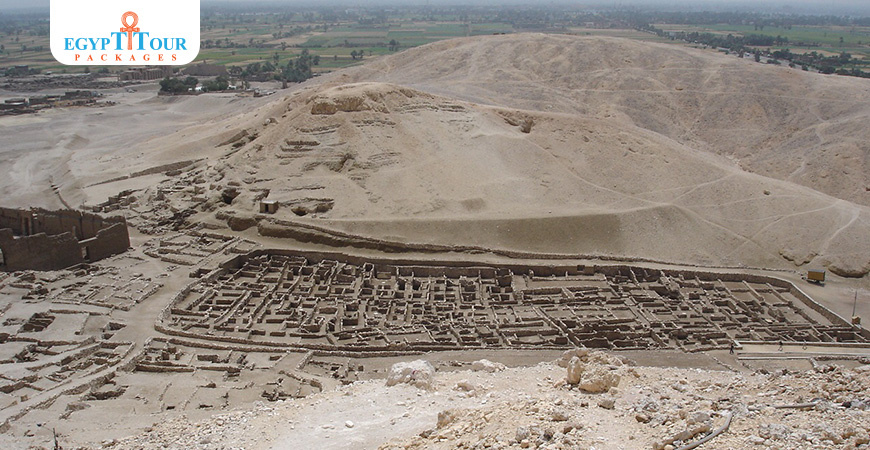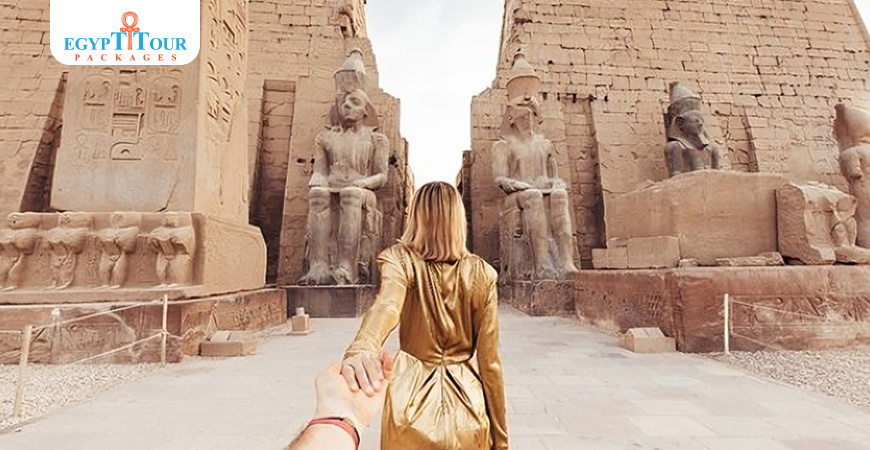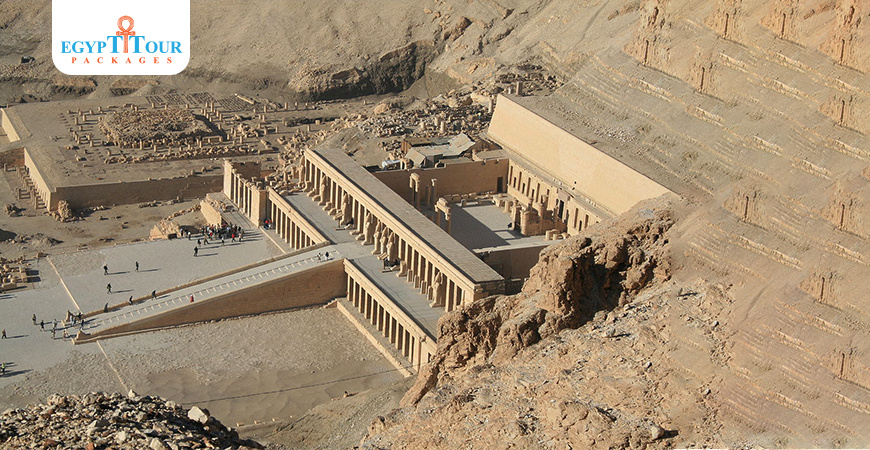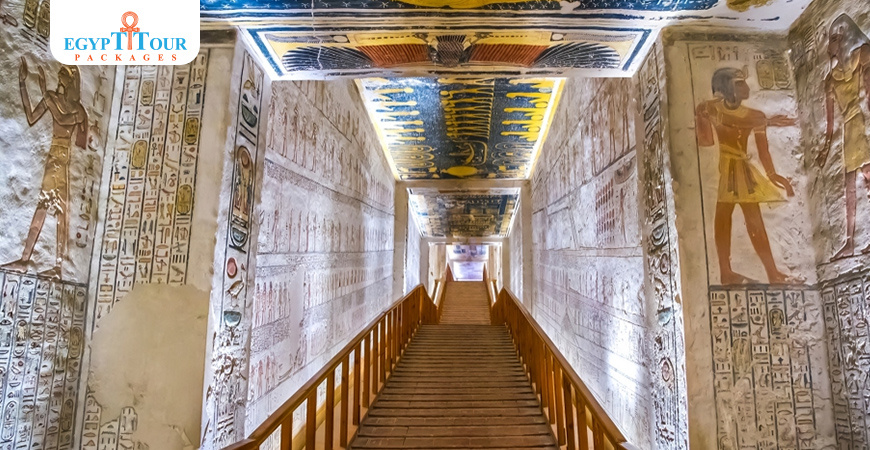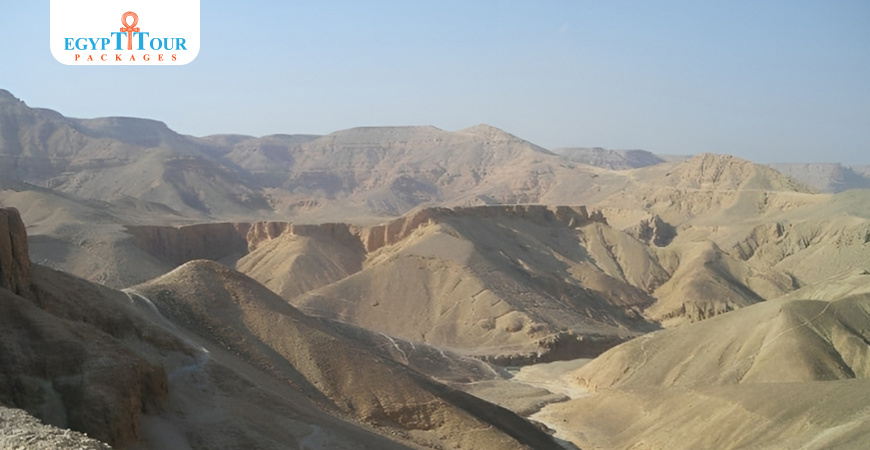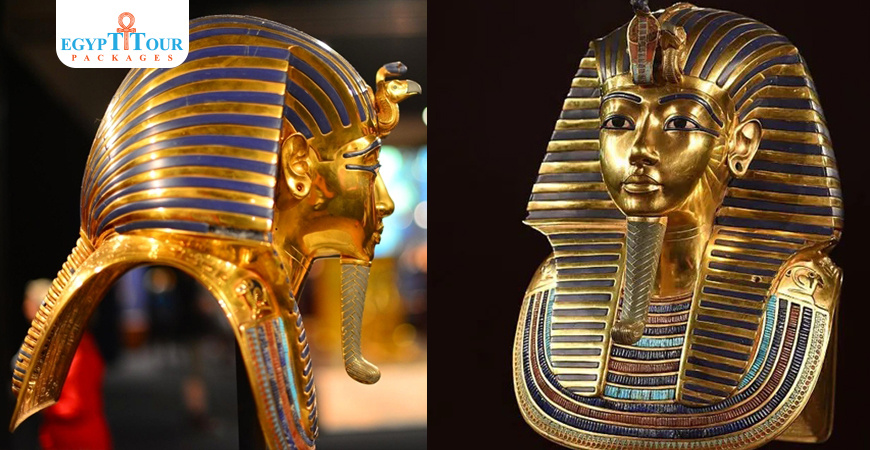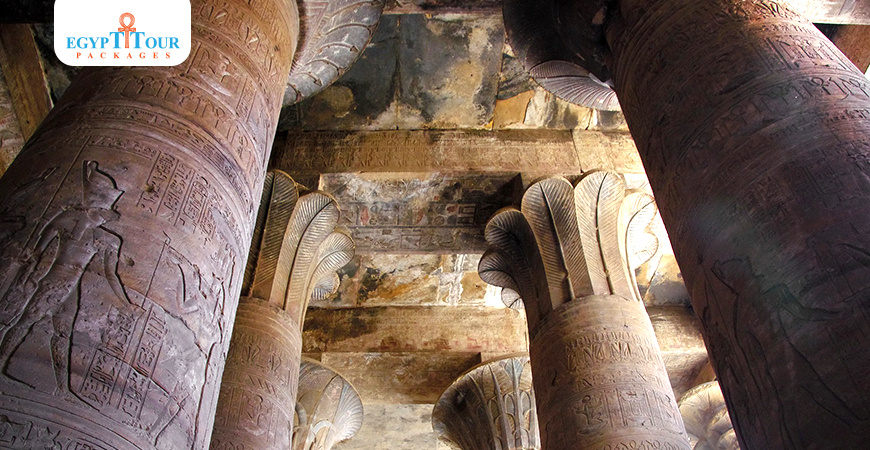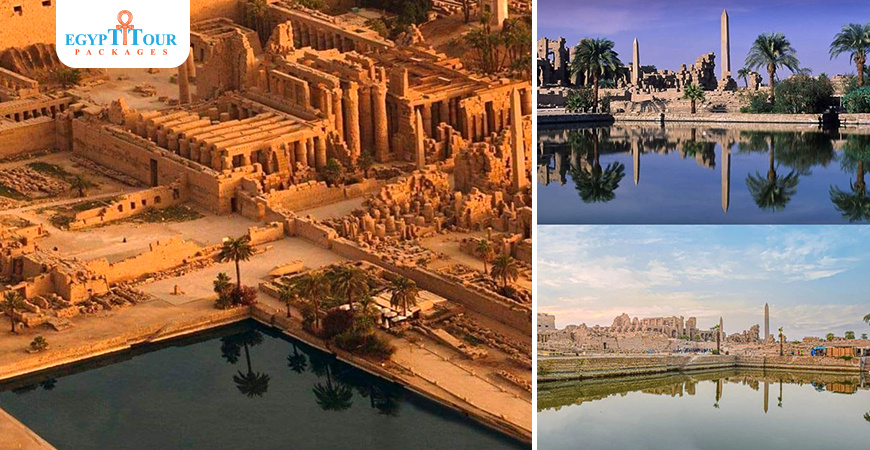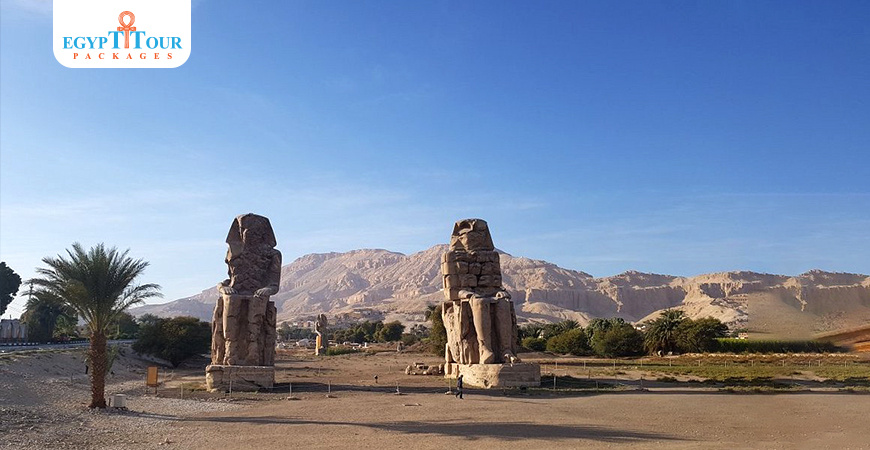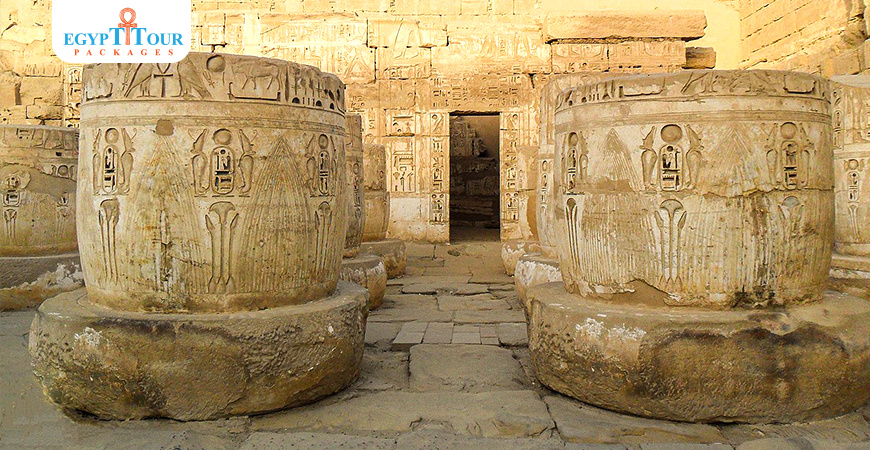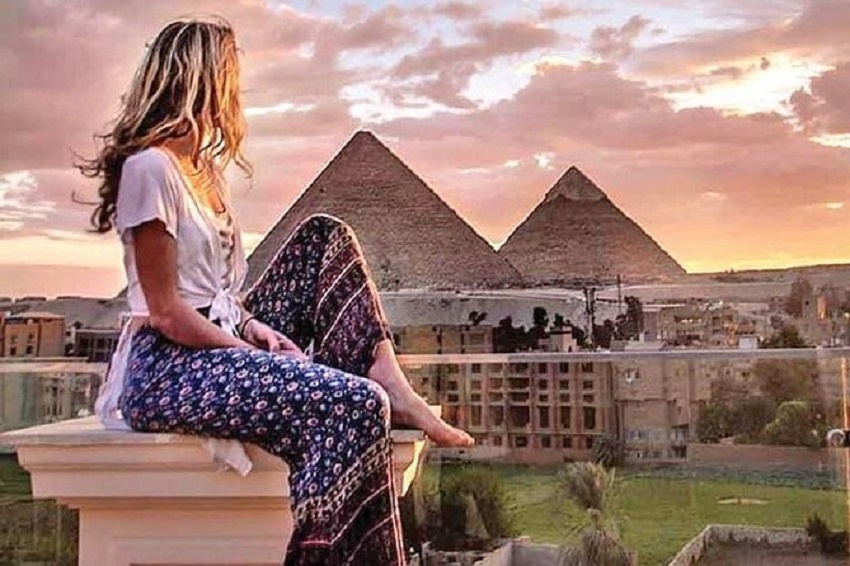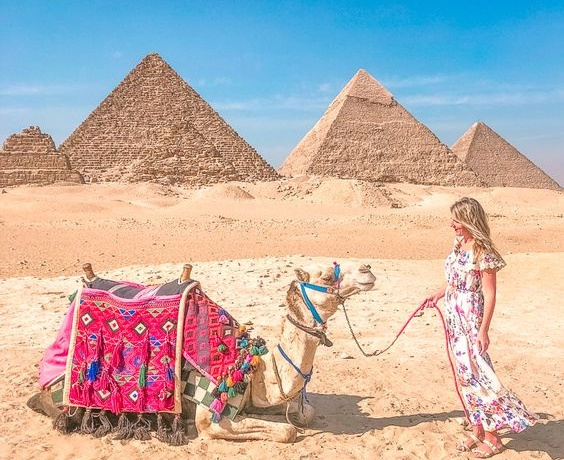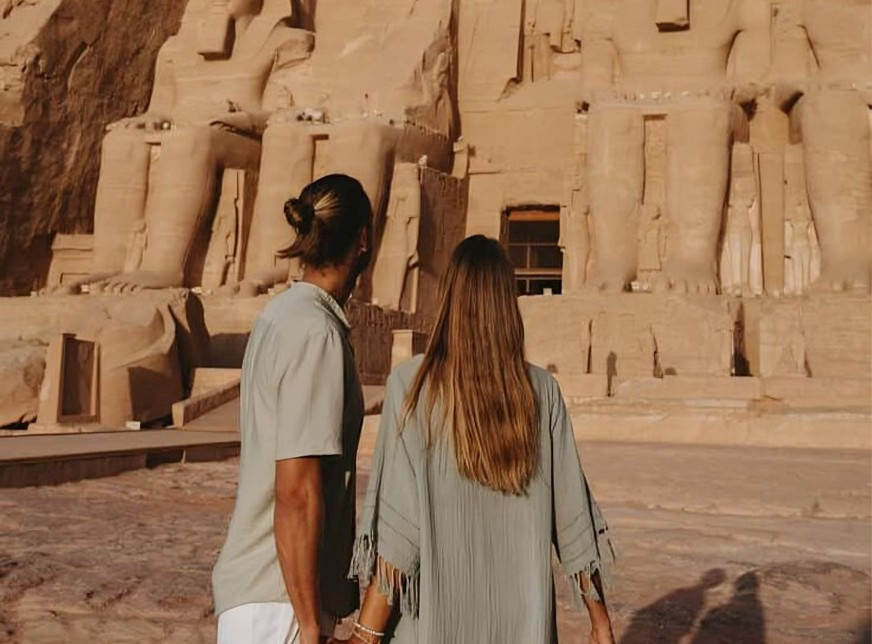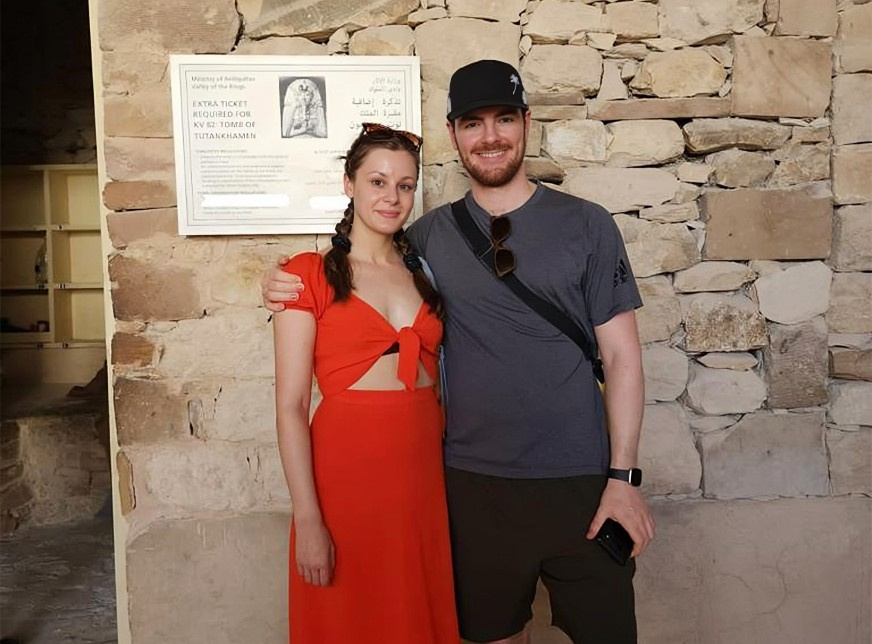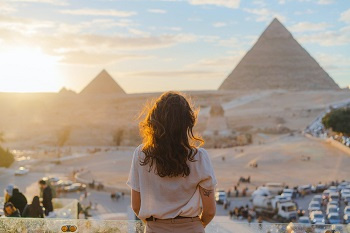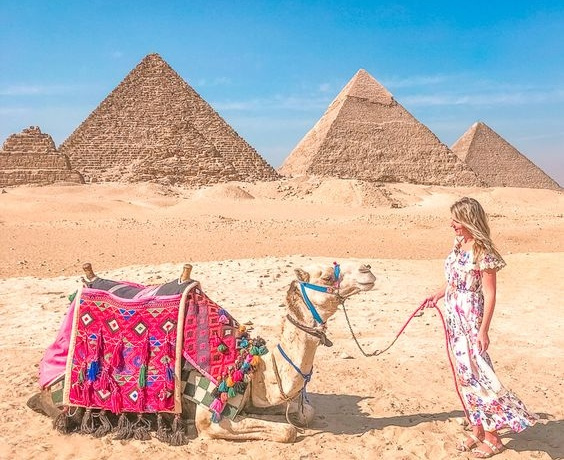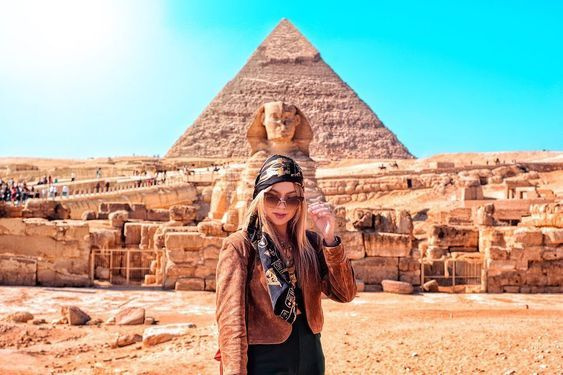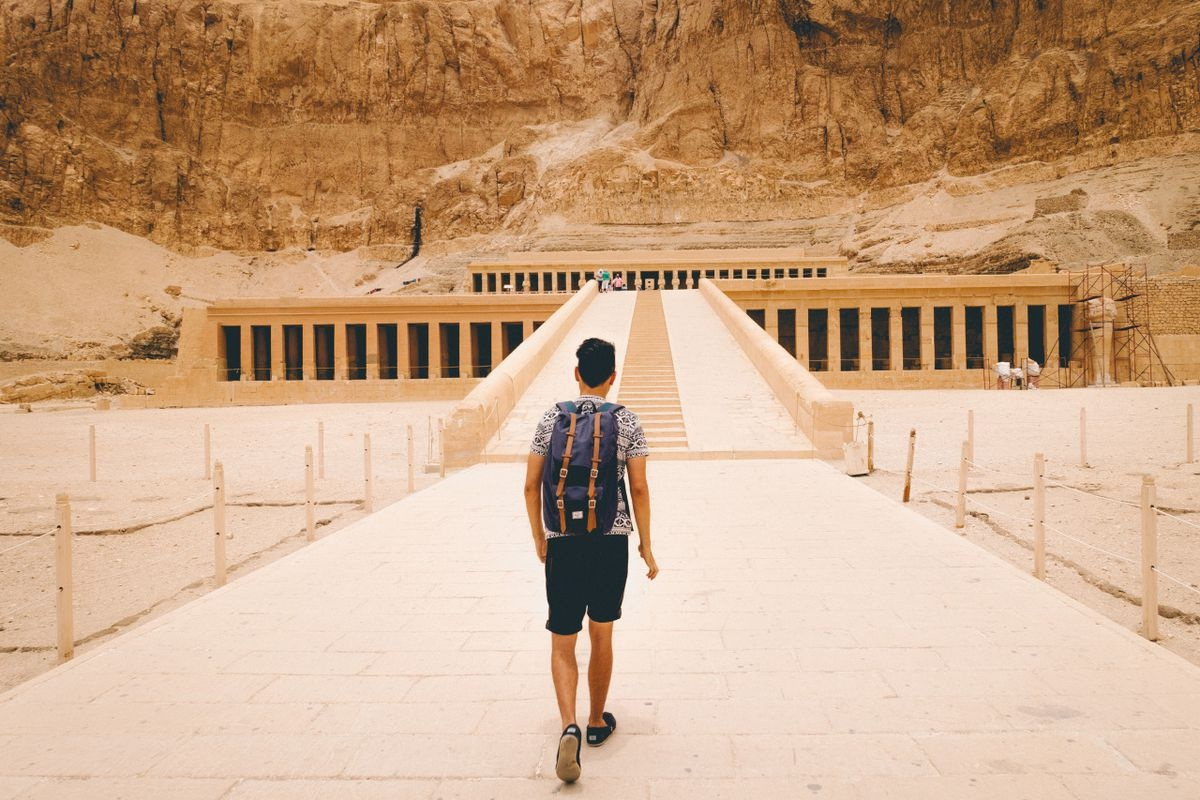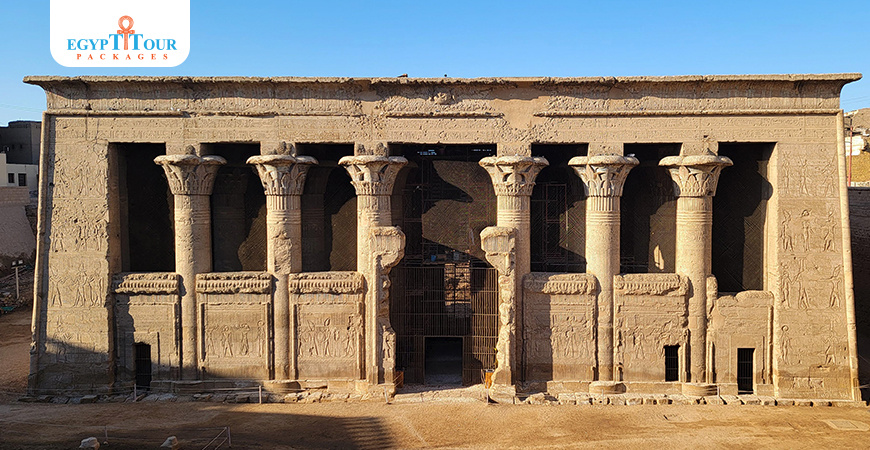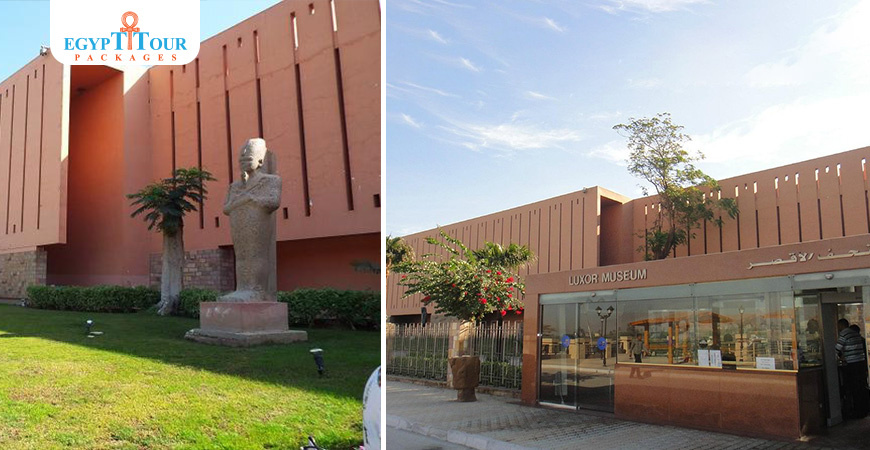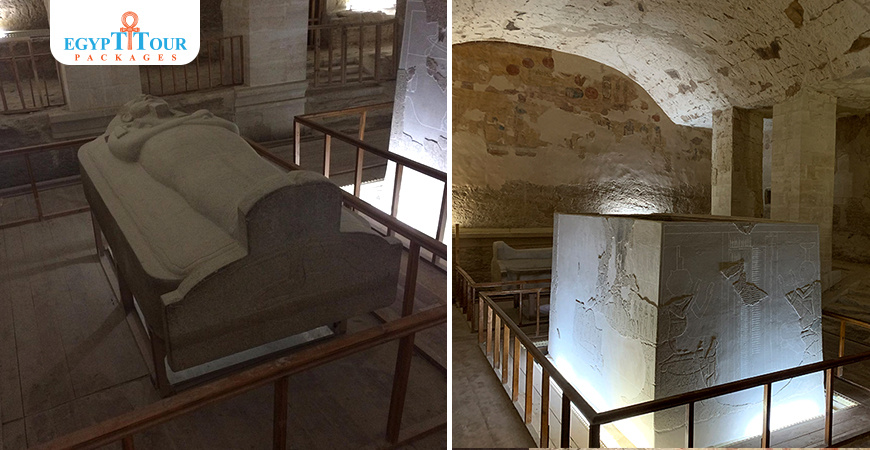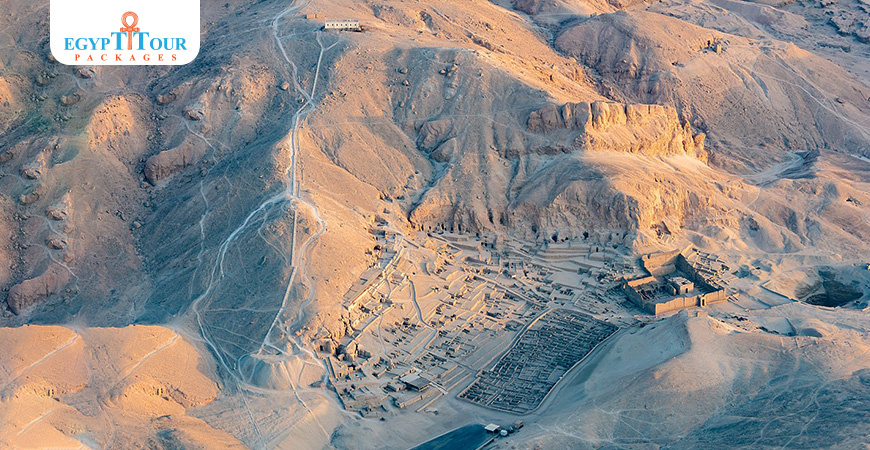
Deir El Medina
Explore the Village of Deir El-Medina | Egypt Tour Packages
Deir El-Medina
Deir el-Medina, in Upper Egypt, is part of the Theban Necropolis in the north of the Used as a burial chamber for nearly 500 years, the Valley of the Kings was used for royal burials for the Kings,their families, and their possessions. Valley of the Kings in Luxor Governorate, specifically on the west bank of the Nile River. It was the headquarters of families of craft workers during the era of the New Kingdom of Egypt (1570 - 1070 BC). Some of them were digging and building the tombs of the Pharaohs in the Used as a burial chamber for nearly 500 years, the Valley of the Kings was used for royal burials for the Kings,their families, and their possessions. Valley of the Kings , and others were working in making statues, furniture, and utensils to prepare the tomb of each Pharaoh according to his desire before death. The workers who were building the tombs were specialists and artists in designing, engraving and decorating the walls of the tomb, so that it would be a “palace” that Pharaoh could return to on special occasions after his death. It is believed that this Pharaonic village remained a residence for workers and sculptors working in the Used as a burial chamber for nearly 500 years, the Valley of the Kings was used for royal burials for the Kings,their families, and their possessions. Valley of the Kings from the 18th to the 20th Dynasty. It is also likely that this city was chosen for infiltrators and workers away from populated areas to keep the locations of the tombs of the Pharaohs secret. The Deir el-Medina area shows the remains of the homes of that class of workers and their distinguished families. They used to live in those homes, cooking their food and raising their children. They lived comfortably, and some of them built a cemetery for himself and his wife. The old town of Deir el-Medina arose during the New Kingdom and contains remains of the homes of workers and their families, and their tombs with exquisite drawings that give vivid pictures of their lives and beliefs. A dry water well was also found near it. It seems that the well had dried up in this distant time, so that the workers were throwing potsherds of pottery into it with messages written on them, and some of them were drawn on them with whatever came to the imagination of the person or the artist. These fragments depict an important aspect of social life and the way workers dealt with each other at this time, and they now serve as a “library” from which we read about their daily lives in the past. Such as letters from loved ones, love letters, complaints, and prayers.
- The reason for naming Deir el-Medina: In Arabic, Deir el Medina is a very unique ancient Egyptian village. It was called Set-Maat, Deir El Medina means "the monastery of the city," most probably referring to the fact that this ancient historical site was transformed into a Christian worship center during the Coptic period in Egypt, just like the Temple of Hatshepsut (which was called El Deir El Bahry, or "the Monastery of the North. and It was called Set-Maat, which means "The Place of Truth".
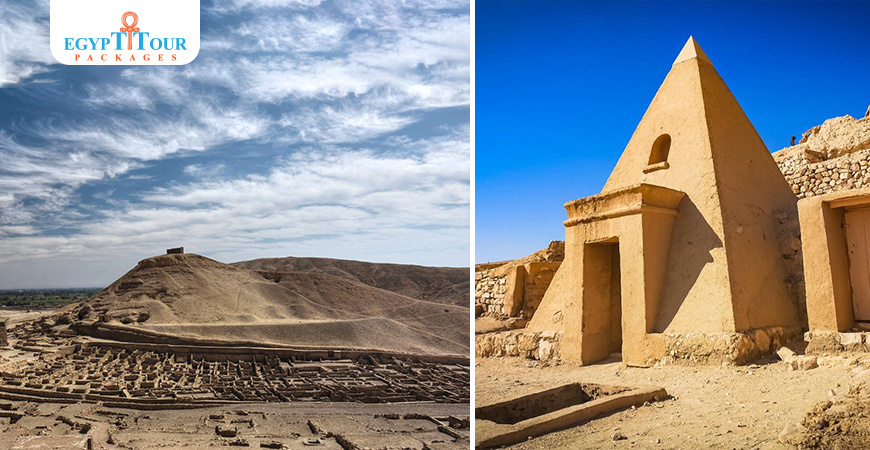
Village of Deir El-Medina
- Village:
he first datable remains of the village belong to the reign of Thutmose I (c. 1506–1493 BCE) with its final shape being formed during the Ramesside Period. At its peak, the community contained around sixty-eight houses spread over a total area of 5,600 m2 with a narrow road running the length of the village. The main road through the village may have been covered to shelter the villagers from the intense glare and heat of the sun. The size of the habitations varied, with an average floor space of 70 m2, but the same construction methods were used throughout the village. Walls were made of mudbrick, built on top of stone foundations. Mud was applied to the walls, which were then painted white on the external surfaces, while some of the inner surfaces were whitewashed up to a height of around one metre. A wooden front door might have carried the occupants' name. consisted of four to five rooms, comprising an entrance, main room, two smaller rooms, kitchen with cellar and staircase leading to the roof. The full glare of the sun was avoided by situating the windows high up on the walls. The main room contained a mudbrick platform with steps which may have been used as a shrine or a birthing bed. Nearly all houses contained niches for statues and small altars. The tombs built by the community for their own use include small rock-cut chapels and substructures adorned with small pyramids. - Workers strike:
The workers of Deir el-Medina received food and water in abundance from Pharaoh because of the importance of the work they were doing related to his future in the other world. They and their families were distinguished among the people. Then came the Iron Age and the weakness of the Pharaohs, which led to instability. Morals consistent with the teachings of Maat (honesty and noble character) almost disappeared, as Pharaoh in that era did not have the ability to provide the workers with food and drink, and hunger began to prevail among the workers and their families, so they objected and went on strike during this difficult time. During the rule of Ramesses III, manuscripts mention that workers went on strike, and this is considered the first workers’ strike in history. They wrote complaints to the minister to provide them with their living supplies. They refused to return to their work until their demands were met. The supervisors responded to their demands and the workers returned to work. However, the difficulty of obtaining food did not disappear completely, so workers struck repeatedly. The last years of Ramesses III's rule were years of drought and instability. In addition to the attack by the so-called Sea Peoples on Egypt from its northern coast (it is believed that they were coming from Sicily, Italy, and Greece), and the Pharaoh of Egypt’s fight against them was difficult, then he was able to keep them away from Egypt by inviting them to enter Palestine. - Grave robbing:
After the rule of Ramesses IV, the problems of drought and lack of food did not end. Groups of unemployed workers formed to rob the tombs of the Pharaohs and the wealth of the dead in them. They would dig side tunnels away from the guards until they reached rooms filled with precious jewelry and gold. Some of the supervisors also participated with them in order to obtain “bribes” from them. There are manuscripts that list what the authorities were doing with these gangs. She interrogated the perpetrators with torture to reveal all the participants in the grave robberies. The penalties were severe. However, the stolen items were not returned to the grave from which they were taken, so the court included them in their wealth.
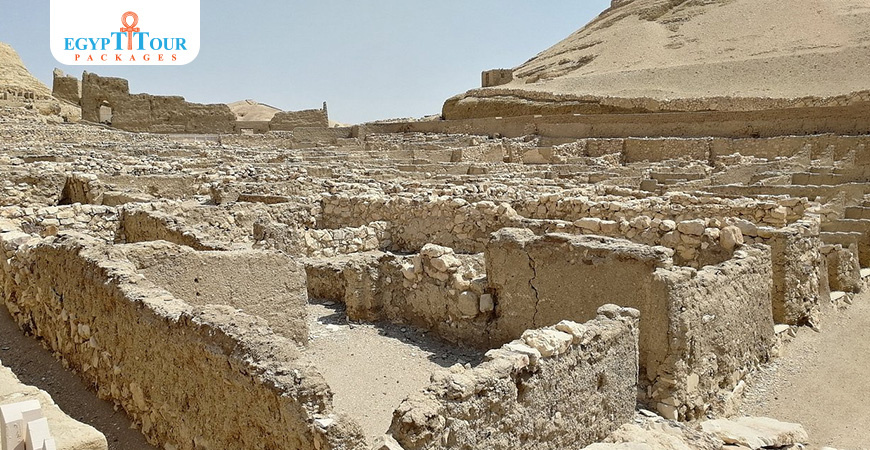
The Tombs of Deir El-Medina
- The Tomb Of Sennedjem (TT1):
An artist who lived in the reign of Seti I and Ramses II, the tomb of Sennedjem is among the most famous tombs in the Necropolis of Deir el Medina is a very unique ancient Egyptian village. It was called Set-Maat, Deir El Medina because the tomb was finely preserved when it was discovered to the extent that the paintings seem as if they were completed only a few years ago. Sennedjem had the title of the servant of the place of the truth, and his tomb was discovered in 1886 when the archeologists found an intact burial chamber and a large collection of funerary equipment that was transformed to be exhibited in the Egyptian Museum. The burial chamber is fully covered with paintings that date back to the style common during the reign of the dynasty Ramses which is based mainly on displaying the life of the deceased in the afterlife. - Discovery:
The Sennedjem cemetery was discovered in 1886, completely intact and not stolen by thieves. They found 20 mummies, most of them belonging to the Sanjem family and others unknown. Sin-Nijum's mummy was placed in two coffins, the inner one shaped like his body. The mummy of his wife, “Eneferti,” was also found in two coffins, one of which was in the shape of a human. The mummy of his son “Khonsu” was also found in the same way in two coffins and a mask on his head. - Decoration:
One of the beautiful scenes of the cemetery: Sennedjem shows him plowing his land, Sennedjem and his wife, reap their crops in the afterlife, Anubis the god of mummification, mummifies the body of Sennedjem. Osiris depicted within a kiosk flanked by two Imiut fetishes, north wall of the burial chamber.
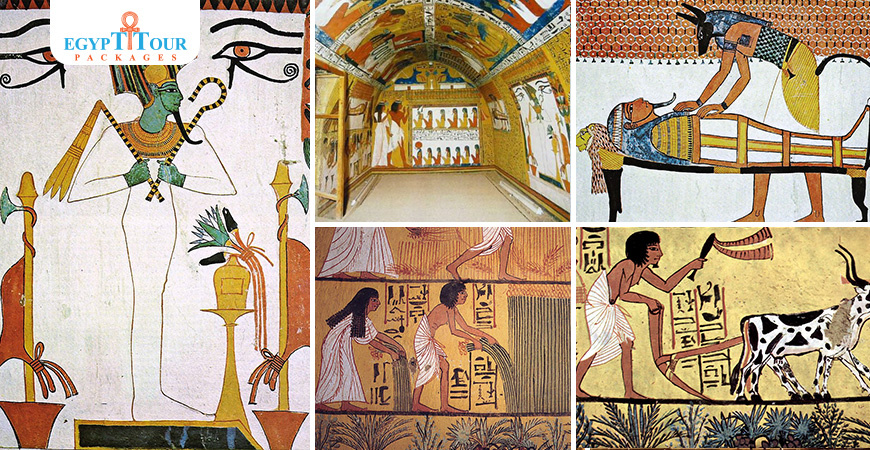
Workers' Tombs in Deir el-Medina
- The Tomb Of Inherkhau (TT359):
Referred to as the "Foreman of in the Place of Truth", Inherkhau lived and worked during the 20th dynasty, during the reigns of Ramesses III and Ramesses IV. His tomb, TT 359, is located on the West Bank of Luxor in the necropolis of Deir el-Medina. The tomb has remarkable and rich decoration patterns and depicts some of the finest artistic works in the dynasty. TT 359 is the only tomb from the 20th dynasty and decorations in the upper and burial chambers were all painted on a yellow background. The two tombs of Inerkhau are referred to as TT 299 and TT 359, while TT 299 is believed to be for Inherkhau, and TT 359 is intended for the use of his family. The Tomb of Inherkhau is located next to Sennedjem’s tomb in Deir el-Medina - Decoration:
Scenes from the Book of Gates and text from the Book of the Dead were seen in the upper chamber with one image of Inherkhau with his wife facing queens and kings were also found. The ceiling displayed unusual patterns of spirals and rosettes. The deep burial chamber has the most striking images and showcases seventeen images within fourteen scenes, located in three registers to the right and three registers to the left. The scenes on the right portray mythological creatures and on the left showed scenes from the afterworld.
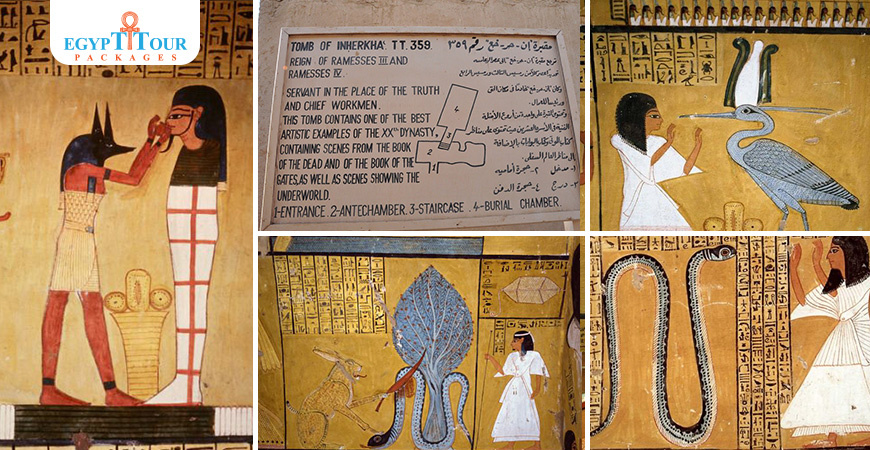
Ptolemaic Temple of Deir El-Medina (Temple of Hathor)
- Ptolemaic temple of Hathor:
Directly to the north of the village is the small Ptolemaic temple dedicated to Hathor. It is also dedicated to Maat, Amenhotep son of Hapu and to Imhotep. During the Coptic period it was converted into a monastery. The temple, built in the 3rd century by Ptolemy IV and enhanced by Ptolemy VI and also by Ptolemy XI. The temple is in near perfect condition. The temple's style is very simple, The columned hypostyle hall opens into a narrow vestibule before three sanctuaries. The hypostyle hall has two pillars. The vestibule, which included the stairway to the ceiling has scenes of Ptolemy IV offering to Hathor in the form of a Cow and to the right he is offering to various gods.
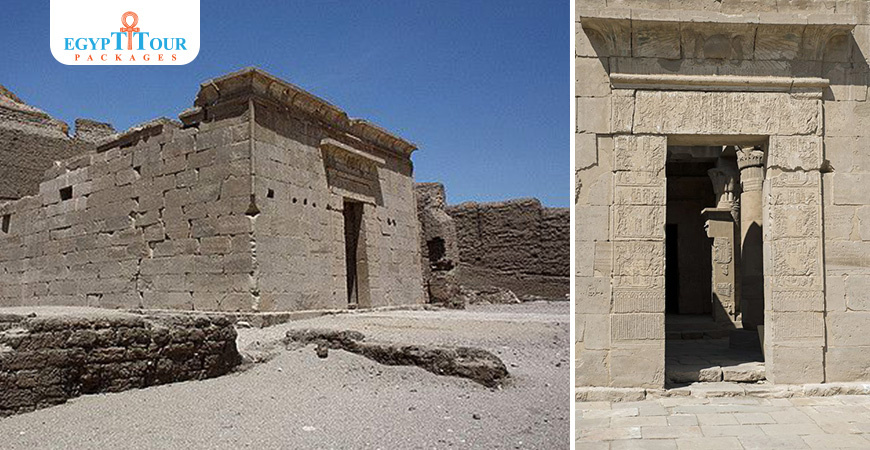
Ptolemaic Temple of Hathor
- Inscriptions from the Ptolemaic Temple of Hathor in Deir el-Medina:
The vestibule, which included the stairway to the ceiling, has scenes of Ptolemy IV offering to Hathor in the form of a Cow and to the right he is offering to various gods. The three sanctuaries, from left to right, are dedicated to Amun-Sokar-Osiris, Hathor-Maat and Amun-Re-Osiris. Above the middle door, Hathor-Maat, is a relief of the multi-headed Hathor. A stairway leads from the left side of the vestibule to the temple's roof. Hathor was clearly popular with the villages of Deir El-Medina. Many of the women had the title "Songstress of Hathor" and there were a number of chapels dedicated to her in the village. Seti I built a temple to her, as did his son Ramesses II. This was replaced by the present Ptolemaic temple long after the worker's village had been deserted. Excavation in the temple uncovered a statue of the snake goddess who was another form of Hathor.
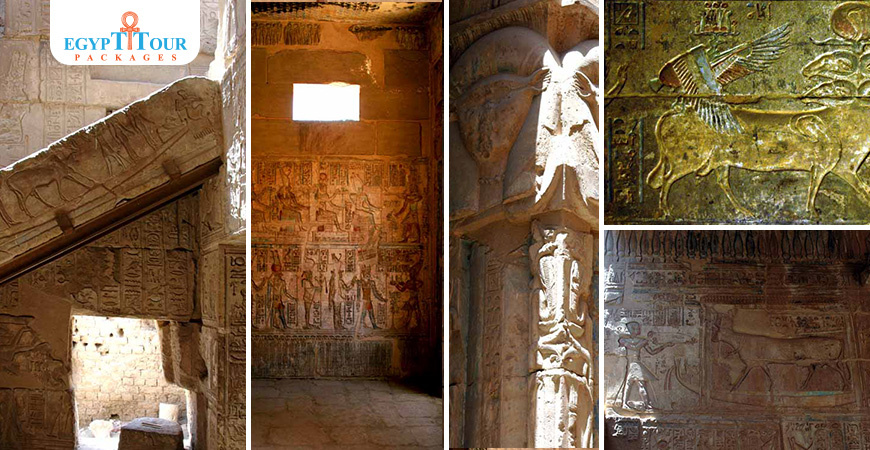
Coptic monastery in deir El-medina
The temple was used long after the village was deserted. Eventually it was transformed into a Coptic monastery, which it's modern name, meaning 'Monastery of the Town' (Deir El-Medina), is formed.
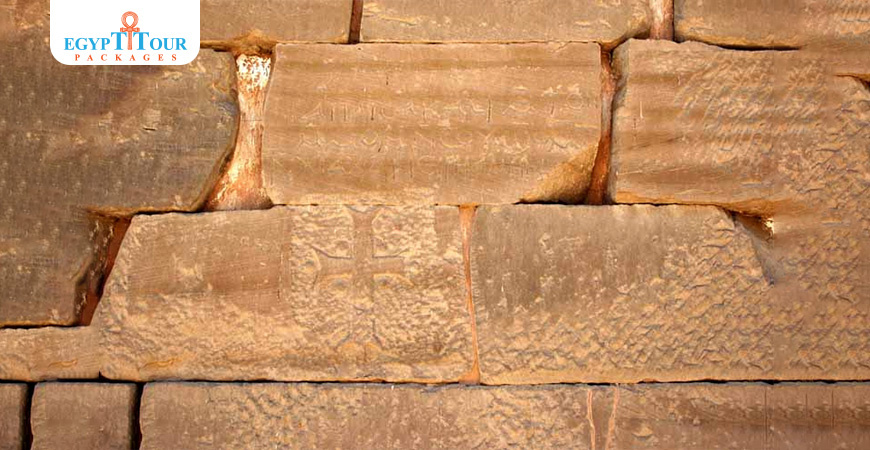
The Great Pit near Ptolemaic Temple
the great pit which is to the north of the village of Deir El-Medina. about 100 meters to the north of the temple. pit's depth which is over 100 feet and very sheer. Originally excavated as a walk-down well and then re-used as a rubbish pit by the village. Access to the bottom is via a winding path. The excavation of the pit yielded a treasure in Ostracon and daily garbage - which has helped provide a window into the people's lives. Bernard Bruyère excavated the village and surrounding area in 1922 to 1940 and 1945 to 1951. He found over 5000 limestone ostraca in the pit.
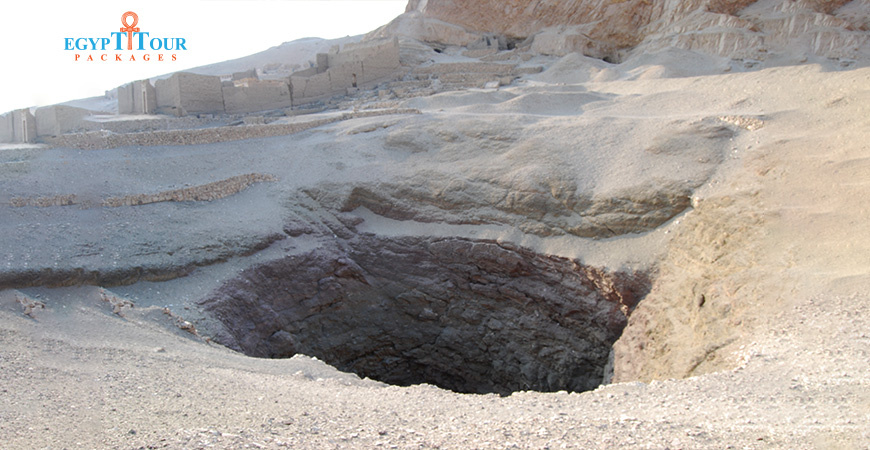
Deir El-Medina Entrance Fees
- How much is entry to Deir El-Medina ?
-For Egyption\Arab:
Adult: EGP 10
Student: EGP 5
-For Other Nationalty:
Adult: EGP 140
Student: EGP 70
- Opening Hours ?
-All Days: Working Hours: from 06:00 am to 05:00 pm
- Free entry Policy
-Free entry for children below 6 years.
-Free entry for Egyptians & Arabs with special needs.
-Free entry for Egyptians and Arabs above 60 years.
-Photography with mobile phone is free of charge.
